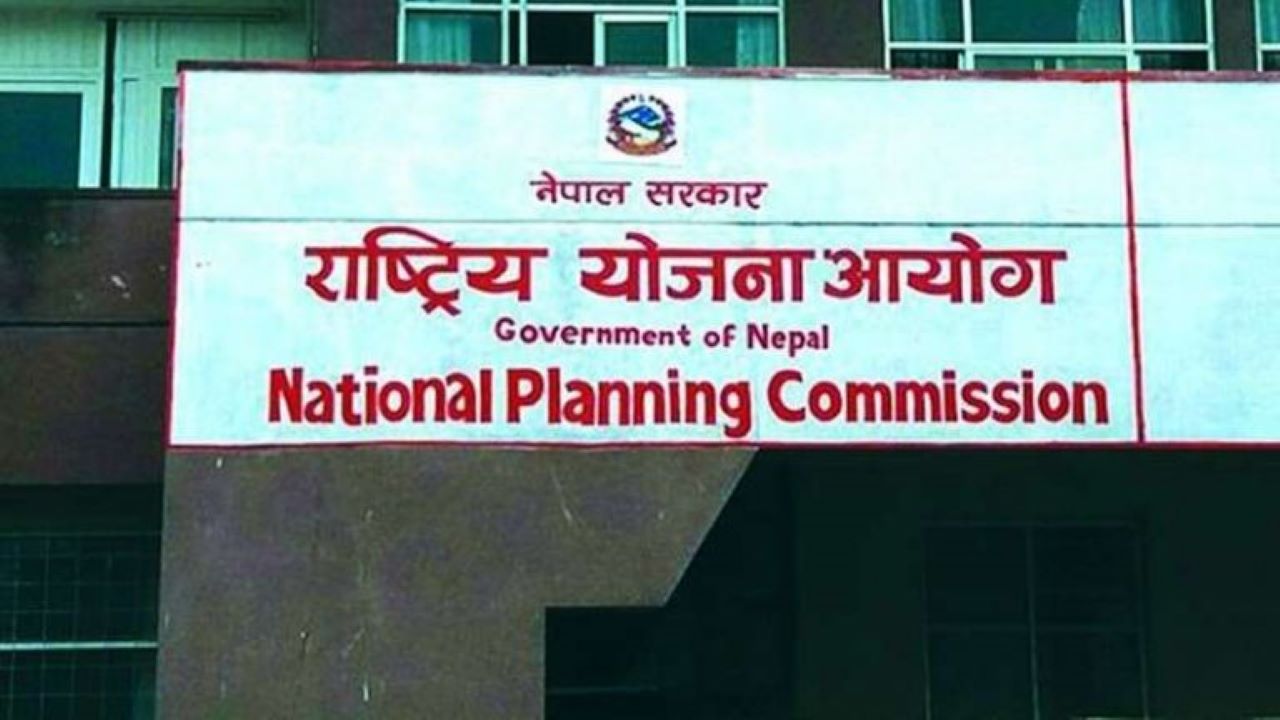
Kathmandu, Dec 15: The draft of the 16th five-year plan (2081/82-2085/86) encapsulating the main goal of economic development with good governance, social justice and prosperity has come to a final stage. In formulating the 16th plan, the National Planning Commission (NPC) has already collected inputs and recommendations from all province and local levels.
As per the NPC sources, the new periodic plan to be made public by coming February 12 will go for implementation from mid-July 2024. The plan is being framed in a different style than the previous editions, it is claimed. The draft has been prepared incorporating interventions with strategies and periodic plan. It includes transformative strategies in 14 themes, main intervention programmes and quantitative targets.
The themes are enabling economic bases and rapid economic growth, enhancement of production, productivity and competitive capacity, productive employment, decent jobs and sustainable social security, among others. Likewise, the draft has come up with the thematic areas including quality infrastructure and integrated transport management system, modern, sustainable and managed urbanization and settlement development, gender empowerment, social inclusion and mobilization, provincial and local economy strengthening and balanced development, poverty and inequality mitigation and building equitable society.
Among other areas encompassed in the draft are effective public finance management and capital expenditure capacity enhancement, facilitation after Least Developed Country (LDC) graduation, sustainable development goals and green economy. The plan is being made with some objective and some ambitious goals. NPC has said it is a strong aspect this time to include some transformative strategies and interventional programmes. In the coming five years, the government has aimed at securing GDP size of some Rs 30 billion.
The inflation is expected to be contained within 6.5 percent in the coming five years, while federal spending on GDP ratio will be reached 32 percent from present 26 percent. The government has also set lofty ambition for domestic production and productivity. For increasing domestic products, 17 industrial estates would be brought into operation, while 140 industrial villages will be announced and SEZs increased to three.
The current power generation of 2,800 MW will be reached some 11,800MW by the end of the periodic plan. By the end of new periodic plan, the country has aimed at exporting electricity worth Rs 41 billion per year so that energy sector will have four percent contribution to the reduction of entire trade deficit.
Moreover, the draft has set a target of limiting the maternal mortality rate at 85 per 100,000 live births against existing 151, with around 10 percent annual budget in the health sector. It aims to achieve the hundred percent literacy rate for five years and the above, ensure that educational institutions with internet access reach hundred percent and so is in case of access to electricity.
According to NPC Spokesperson Yamlal Bhusal, however, said the targets may be revised and presently, NPC was integrating submissions it received from various areas and in-depth discussions with experts and specialists from the respective fields are awaited. The plenary of the NPC held in the first week of August endorsed the Approach Paper of the 16th Five-Year Periodic Plan (2081 /82- 2085/86). It has been drafted with ‘Good Governance, Social Justice, and Prosperity,’ as its vision. “To establish good governance in the political, administrative, and judicial sectors have been outlined as its objectives.”
It has set strategy of ‘identifying, addressing, and eliminating structural barriers seen in development endeavors to achieve good governance, social justice, and prosperity through structural transformation.’ A strategy will be adopted to promote the interrelation and operational capacity among all levels and bodies concerned in regard with the implementation of the periodic plan. Similarly, policy formulations and development enedevours will be based on study, research and the facts.
Commitment is made to strengthen primary sector and secondary sectors, and the stability of service sector for the strengthening of overall economic bases. Accountable financial system will be developed by expanding the scope of revenue, and inclusive mobilization and stability of external sectors will be achieved by focusing financial resources and production and employment creations, the paper stated.It has the policy of ensuring the reliability of sources and timely, quality, and cost-effective supply systems for the enhancement of production and productivity.
Likewise, the paper highlights the production and mobilisation of skilled, efficient and energetic workforce as per market demand.Its strategies include the human capital building, assuring production of skilled and efficient human resources through the utilization of demographic dividend at all levels and jobs opportunities will be amplified.
Meanwhile, current 15th Plan sets a target of achieving an average annual economic growth rate of 9.6 percent based on fundamental values. However, assessing the progress until the last fiscal year 2079/80, the growth has been shrunk to two percent. Similarly, the 15th Plan aims to reduce multidimensional poverty from the existing 17.4 percent to 11.5 percent. It has a target of achieving 0.624 human development index, and until the last fiscal year, it reached 0.602.
Comments